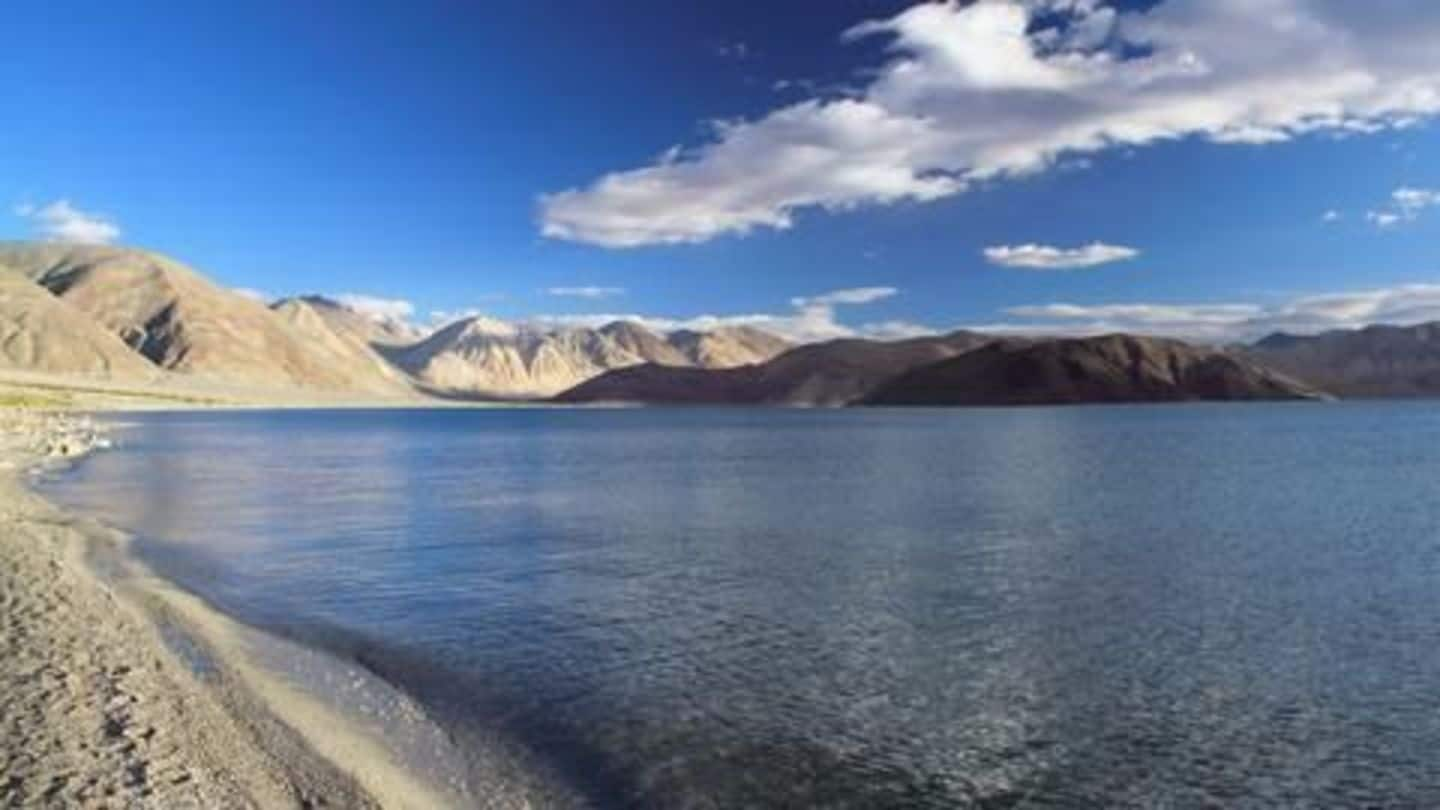
Effects of film tourism: '3 Idiots' has dented Ladakh's life
What's the story
In 2008, Ladakh was a noteworthy tourist attraction, but it still hadn't achieved the cult-status it has today. That year, 400,000 tourists visited it, which was then home to 200,000. Three years later, footfall had quadrupled, and has been rising sharply. What happened to Ladakh that led to this? '3 Idiots'. That's what happened. Know the good, bad and ugly effect of the movie!
Effect
Wherever you look, there's Rancho and his platoon
New "attractions" have sprung up across the city. Cut-outs of Kareena and Aamir in Ladakhi outfits adorn shops. Kareena's mustard-yellow scooter from the film is installed as a photo prop. "Shooting point", where the couple locked lips, is now the go-to spot for selfies. The movie's appeal has been complemented by a rise in India's middle class: incomes almost doubled from 2005 to 2010.
Tourism
In fact, 40 million tourists decide destination based on movies!
A 2012 survey by the Tourism Competitive Intelligence revealed that 40 million tourists choose their destination based on locations of shoots. When 'Life of Pi' launched in 2012, the Indian Tourism Ministry designed an entire campaign themed on 'Land of Pi'. Asians also seem to be the most devoted to film tourism. 'Lost in Thailand' (2012) has boosted Thailand's popularity among the Chinese.
Environment
But what exactly does shooting do to the location's ecology?
However, shooting often leaves deep marks on locations, typically judged on the basis of scale, extent and duration. Shoots almost always change the natural habitat irreversibly. Ladakhis, burdened under '3 Idiots' popularity, often see tourists zooming their vehicles off-road, unaware that many small animals reside under the sand. In recent times, Mad Max: Fury Road (2015) garnered attention for detrimental effects on Namibia's coastline.
People
Locals' lives no longer remain the same either
It's also the residents who suffer. As the location moves up the tourism-hotspot ladder, their lives turn more expensive. Ladakhis have almost stopped drinking water from their streams, which now carry with them bottles, packets and what not. Traditional Ladakhi compost toilets have been replaced by western ones, draining the scant water resources. Daily trips by garbage trucks have increased from eight to 20.
Places
Ladakh is just one of the many places affected
A major film that received scrutiny is Star Wars, which was shot at Ireland's Skellig Michael, a UNESCO World Heritage site. A guide says permission was given on the basis of incomplete ecological data, rules were broken, and damage under-reported. In 2014, the Karnataka government took a stand: it decided to ban shooting in historical locations after reports of filmmakers violating permit conditions emerged.
Do you know?
But the 'Spectre' effect was quite opposite
Contrary to others, the crew of Bond's 'Spectre' (2015) left Rome in a better condition. They organized a massive clean-up drive in collaboration with the city council, and their security vendors managed to rid Trastevere of unlicensed parking attendants, who were till then a menace.
Ladakh
What's going to happen to our own Ladakh?
So what's keeping the government from doing something about it? The assurance of "development, money, employment," says Mehboob Ali, assistant director, Leh Tourism Department. "This is the rise time of Ladakh. But we're going to fall," feels Noori Noorjahan, an art restorer. "I wish you could have seen Ladakh before," Ali tells a reporter. Possibly what every Ladakhi wants to tell indifferent, uncaring visitors.